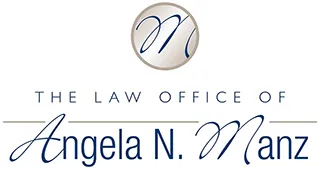What To Know About Naming Beneficiary Designations Following The Secure Act

Tax advantaged accounts, such as IRAs and qualified retirement plans like 403(b)s or 401(k)s require specific estate planning strategies. Creating a trust in and of itself may not be enough to protect the estate planning intentions of the creator of that trust. Revocable living trusts are usually funded with a person’s real estate, non-retirement financial accounts and bank accounts.
In a trust the person states where their assets are going when they pass away and names a backup plan as well. A trust, however, does not control any assets outside of the trust, such as tax advantaged retirement accounts that pass through beneficiary designation forms filed directly with the company manager. In January of 2020, the passing of the SECURE Act changed the rules about inheriting retirement accounts, and now forces earlier distribution and therefore tax consequences on everyone except a few specific people.
Beneficiaries typically fall into a few categories: the spouse of the person who owns the account, non-spouse individuals, such as children, and entities like charities or trusts. Each of these beneficiaries will have different options for what to do when they inherit a tax advantaged account. For people other than spouses with a few rare exceptions, they must receive all account assets within 10 years of the account owner’s death.
Spouses have the most discretion over these situations in that they can consolidate the inherited account into their own tax advantaged account, take a lump sum payment or roll the funds into an inherited IRA. Entities, including certain types of trusts, can include multiple options such as lump sums within five years of the account owner’s death or distribution over the expected lifetime of the account holder. Set up a time to work with an experienced estate planning lawyer to discuss your options.
